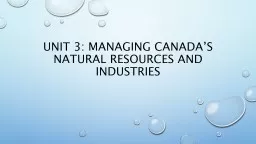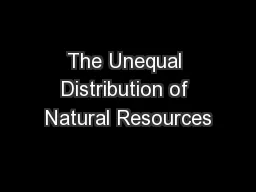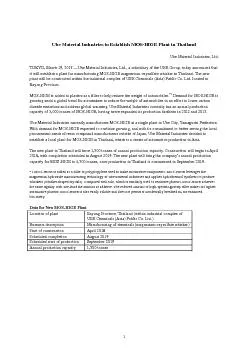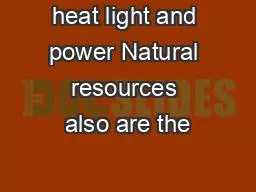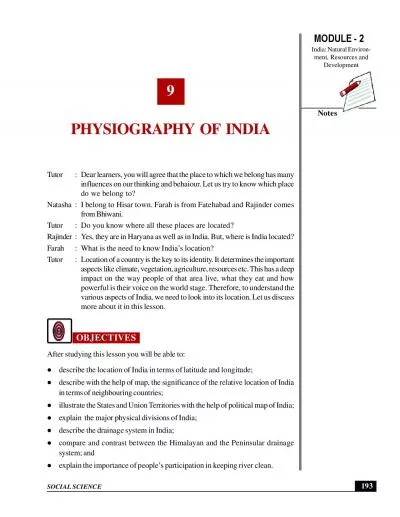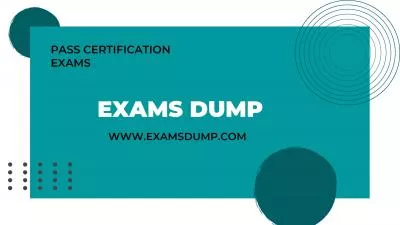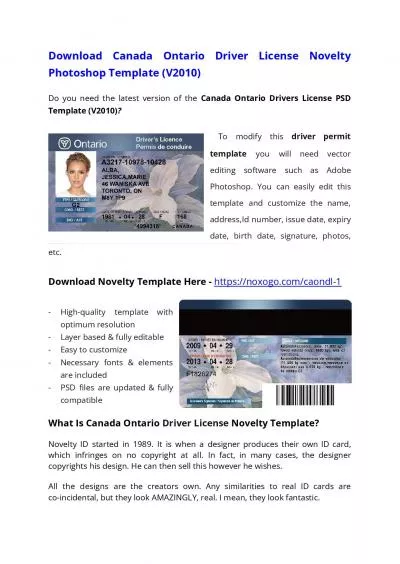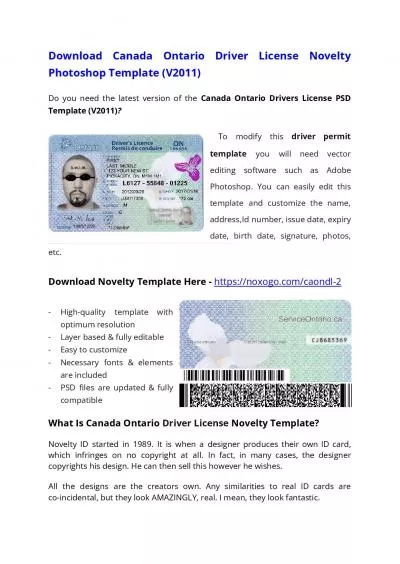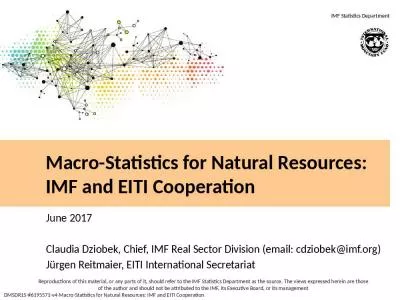PPT-Unit 3: Managing Canada’s natural resources and industries
Author : ellena-manuel | Published Date : 2018-12-05
What is a resource A resource is a stock or supply of money materials staff and other assets that can be drawn on by a person or organization in order to function
Presentation Embed Code
Download Presentation
Download Presentation The PPT/PDF document "Unit 3: Managing Canada’s natural reso..." is the property of its rightful owner. Permission is granted to download and print the materials on this website for personal, non-commercial use only, and to display it on your personal computer provided you do not modify the materials and that you retain all copyright notices contained in the materials. By downloading content from our website, you accept the terms of this agreement.
Unit 3: Managing Canada’s natural resources and industries: Transcript
Download Rules Of Document
"Unit 3: Managing Canada’s natural resources and industries"The content belongs to its owner. You may download and print it for personal use, without modification, and keep all copyright notices. By downloading, you agree to these terms.
Related Documents

